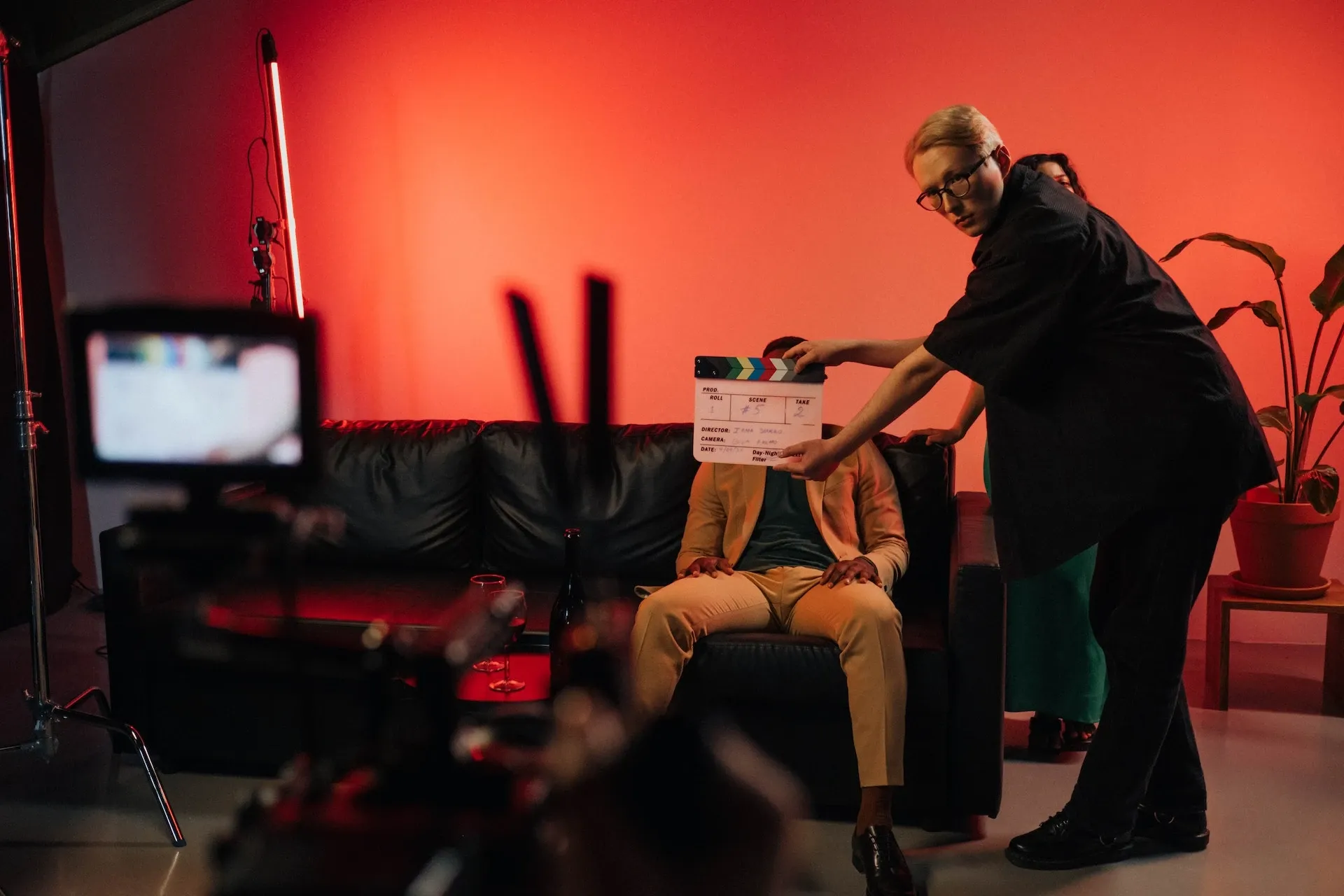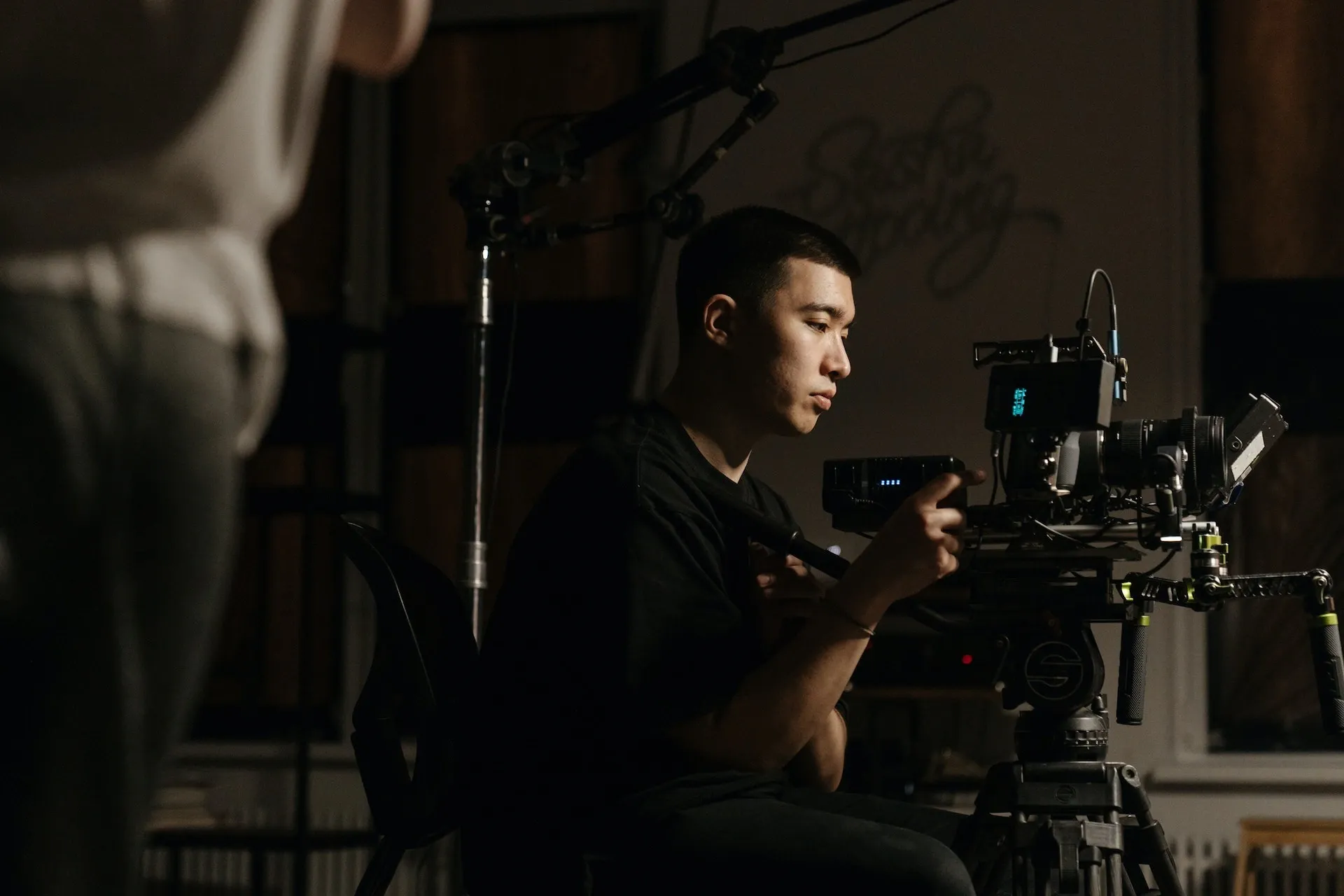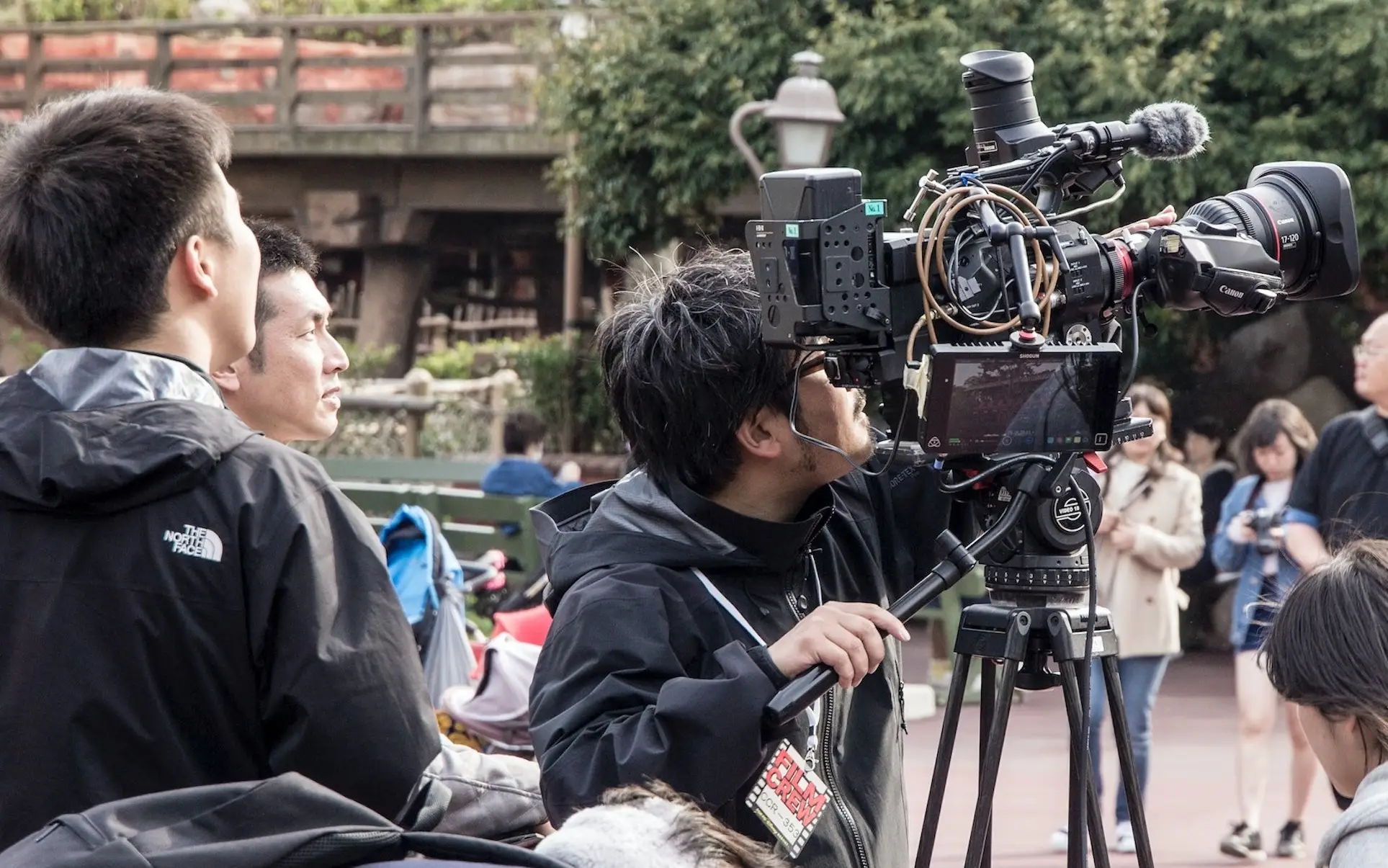What is follow focus, and should you use it in your content?
A follow focus system will improve your footage, but what is it? Let’s learn the basics of follow focus, if you need a wireless one, and more.

A follow focus system will improve your footage, but what is it? Let’s learn the basics of follow focus, if you need a wireless one, and more.
What is follow focus?
Follow focus is a system often used in the movie industry. It’s a manual add-on that manipulates a camera’s lens, keeping the subject sharp and precise by ‘pulling’ focus.
The follow focus is controlled by the camera operator, and if budget allows, there might even be a dedicated ‘focus puller’ on set, whose sole job is to maintain focus within the shot. Using follow focus also means you’re not fiddling with the lens directly, avoiding unwanted movement and shakiness.
You’ll probably hear different parts of a follow focus referred to as ‘gears’ or ‘focus gears’. Don’t panic, though. It’s nothing too complicated. The reason they’re called ‘gears’ is down to their circular, toothed appearance, resembling a gear you’d find on something like a bicycle. They help run the follow focus system – we’ll explain how in just a moment!

Is follow focus necessary?
You’ll probably be used to autofocus on your smartphone, mirrorless camera or DSLR. It’s a handy feature, but it’s unable to achieve pinpoint precision. Sometimes it focuses on the wrong subject, too – how many times have you tried to snap a photo of a dog, only for the camera to focus on your unmade bed instead? Even with a manual focus ring, you may struggle to keep fast footage or stills in focus.
Do professionals use follow focus?
If you’re shooting a film, high-end commercial, or even just something that you want to look as ‘perfect’ as can be, then follow focus is worth pursuing. It can offer a level of clarity and focus you can’t reach with modern features like autofocus.
Of course, autofocus still works well. We’re not bashing it. But if you’re filming with cinematic lenses, you have to use follow focus – these lenses are designed to accommodate follow focus, with little teeth that allow for smooth integration. So, next time you watch Jordan Peele’s ‘Nope’, you’ll know that because it was filmed with IMAX cameras, it used follow focus.
How do you attach a follow focus?
A follow focus system contains several key pieces. Let’s rattle through them below and see how they work together:
- Rail/rod clamp: The rectangular piece that helps attach your follow focus to your camera – it looks like a wrench, but without the claws. There should be two holes in the clamp, which will slot into a rod and baseplate system attached to your camera.
- Arm: The square-looking piece that attaches your rod onto the follow focus.
- Focus gear: Like we mentioned, the gears are shaped like the gears of a bicycle. When you adjust the gear via the focus knob, it helps move the lens gear ring.
- Lens gear ring: This looks like a circle that fits on your lens. For most modern follow focus systems, the lens gear ring can be attached by placing your lens face-down on a flat surface. Then you just slide the gear ring down the lens, pushing gently when needed.
- Focus knob: This is the wheel you turn to help pull focus.
- White disk: This sits near the focus knob. Using an erasable marker pen to note different focus points can help keep a shot in sharp focus.
What is a follow focus whip?
A follow focus whip is a short stick that allows someone other than the camera operator – like a focus puller – to control the follow focus. Most follow focus systems will have a hole that accommodates whips.

What are hard stops in follow focus?
Hard stops are extra pieces of kit that can be attached to the focus knob, and some models might even come with hard stops built in. Once locked in, a hard stop prevents your follow focus from moving one way or another – it limits movement to create a tight, regimented field of focus for you to pull.
Do you need a wireless follow focus?
Wireless headphones, sure. Wireless charging, we can get behind. But a wireless follow focus? What’s that all about?
Well, wireless follow focus offers more freedom. You can control the follow focus remotely, meaning you don’t need a focus whip. This reduces contact points between you and the camera, minimizing the risk of bumps, shakes and general human error.
Wireless follow focus systems can produce eye-popping results, and with that comes a price. The Tilta Nucleus-M is considered a best-in-class model as far as wireless follow focus is concerned – it’ll put you back by $1,399. Ouch.
Should you use follow focus in your content?
Follow focus isn’t essential. You can still create great content without it. Plus, setting up everything you need can get pricey. A solid follow focus, like the SmallRig MagicFIZ or the Genus GL G-SFOCDSLR, can cost between a few hundred dollars and a grand.

Beside that, there’s more equipment to consider. For example, using the LCD screen or viewfinder on your camera will make it difficult to reap the benefits of follow focus – it’s too small to see the tiny details. Plus, if you’re squinting through a viewfinder, you won’t be able to reference the marks you’ve made on the white disk. The solution is to buy and connect an external monitor, which is going to set you back another few hundred dollars at least.
Follow focus isn’t for beginners. It can seem overwhelming at first, and takes a while to get used to. However, once you understand how it works and start tracking your content with it, you’ll see an improvement. Not for beginners, but definitely something for beginners to strive for.
One thing beginners can do, though, is nail the soundtrack. Most video content you shoot will require a soundtrack, and securing the necessary rights and licenses can be a pain. So, let us help you out.
Our catalog is high-quality, affordable, and safe. An Epidemic Sound subscription goes beyond royalty-free music, removing the headache of licensing and freeing you up to do what you do best. You can enjoy the safety of our license hand-in-hand with our massive catalog of 40,000 tracks, covering just about every genre you can think of. You’ll also gain unlimited access to our advanced search functions — finding the right sound’s never been easier.
It’s better than royalty-free. It’s worry-free. Get started with Epidemic Sound below.

Related posts:

